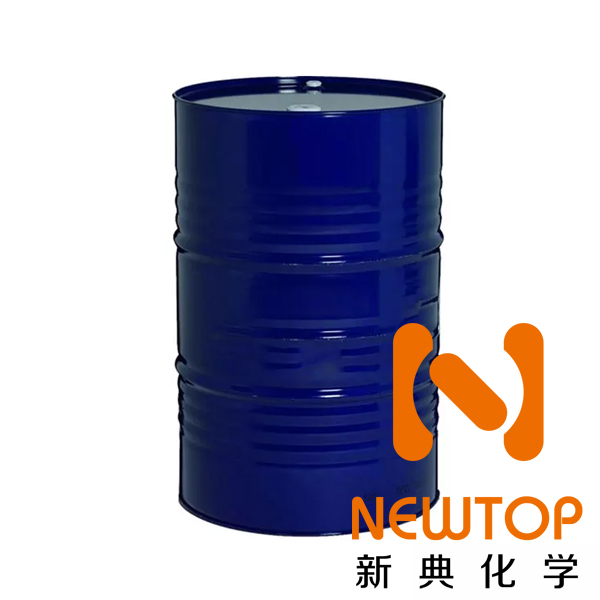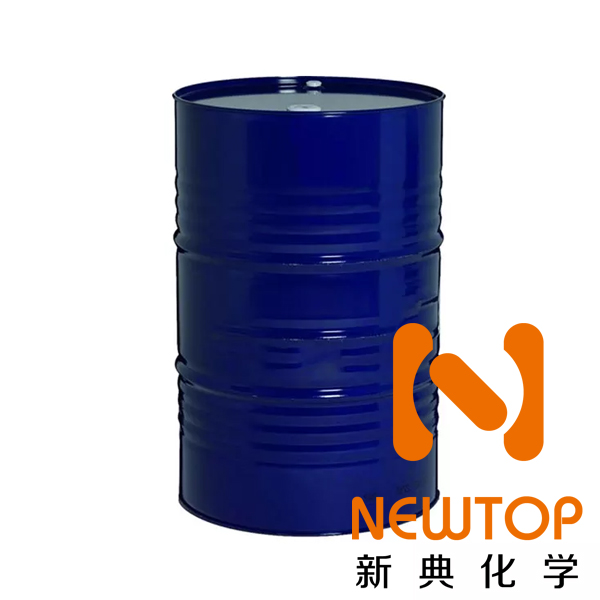Polyurethane (PU) is a versatile material used in various applications, from foam insulation to automotive parts. The production of polyurethane involves a chemical reaction between polyols and isocyanates, which is often facilitated by catalysts. This article explores the role of polyurethane catalysts, their types, and their significance in the production process.
Role of Polyurethane Catalysts
Polyurethane catalysts play a crucial role in the production of polyurethane materials. They accelerate the reaction between polyols and isocyanates, reducing the time and energy required for the production process. By controlling the reaction rate, catalysts also help in managing the properties of the final product, such as its density, hardness, and flexibility.
Types of Polyurethane Catalysts
There are several types of catalysts used in the production of polyurethane, each with its unique properties and applications. The most common types include amine catalysts, metal catalysts, and organic tin catalysts.
Amine Catalysts: Amine catalysts are the most widely used catalysts in polyurethane production. They are effective in both flexible and rigid foam production and can significantly reduce the reaction time. However, they can also contribute to the formation of by-products, such as amines, which can affect the final product’s properties and odor.


Metal Catalysts: Metal catalysts, such as those based on bismuth, lead, and zinc, are used in the production of rigid foams. They are less reactive than amine catalysts, resulting in a slower reaction rate. However, they produce fewer by-products, making them a better choice for applications where product purity is crucial.
Organic Tin Catalysts: Organic tin catalysts are used in the production of flexible foams and elastomers. They offer a balance between reactivity and by-product formation, making them suitable for applications where a balance between reaction rate and product purity is required.
Significance of Polyurethane Catalysts
The choice of catalyst in polyurethane production is critical as it can significantly impact the properties of the final product. By selecting the right catalyst, manufacturers can control the reaction rate, manage the formation of by-products, and tailor the properties of the polyurethane to suit specific applications.
Moreover, catalysts can also improve the efficiency of the production process. By accelerating the reaction, they can reduce the production time, lower energy consumption, and increase productivity. This can lead to significant cost savings and improved sustainability in the production process.
Innovations in Polyurethane Catalysts
The field of polyurethane catalysts is constantly evolving, with new developments aimed at improving the efficiency and sustainability of the production process. For instance, researchers are exploring the use of bio-based catalysts, which could reduce the environmental impact of polyurethane production. There is also a growing interest in developing catalysts that can enable the production of polyurethane from recycled materials, contributing to a circular economy.
In conclusion, polyurethane catalysts play a vital role in the production of polyurethane materials. They accelerate the reaction, control the properties of the final product, and improve the efficiency of the production process. With ongoing innovations in the field, the role of catalysts in polyurethane production is set to become even more significant in the future.



